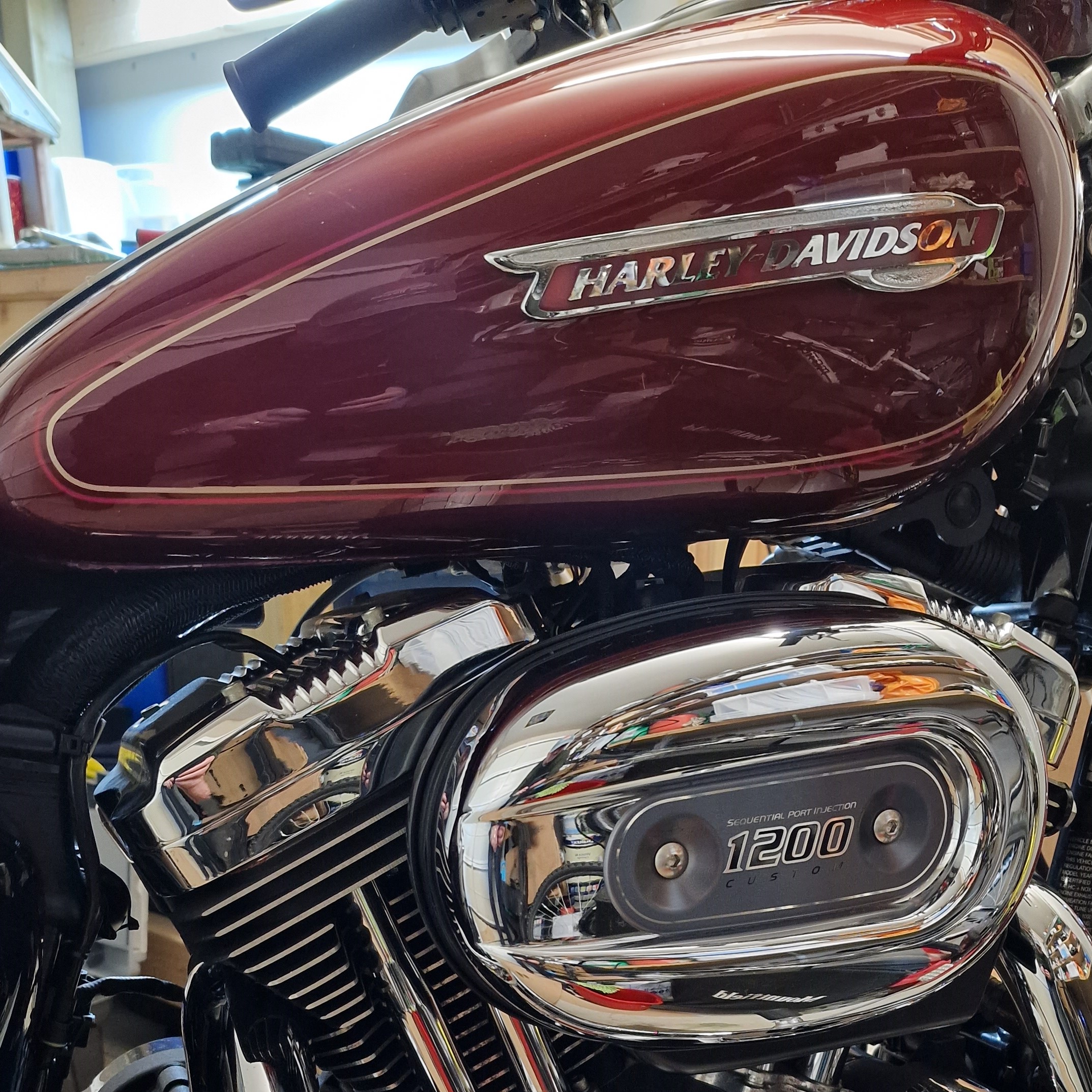Howdy, Stranger!
It looks like you're new here. If you want to get involved, click one of these buttons!
Categories
- 242.2K All Categories
- 22 >> Start Here <<
- 12 New Members
- 8 FAQs
- 86.9K Gear
- 39.6K Guitar
- 3.4K Acoustics
- 1.3K Bass
- 14.7K Amps
- 17.3K FX
- 274 Digital & Modelling
- 766 Other Instruments
- 8.3K Making & Modding
- 422 Gear Reviews
- 107 Guitar Reviews
- 73 Amp Reviews
- 119 FX Reviews
- 87 Other Reviews
- 750 Made in the UK
- 975 Theory
- 1.9K Technique
- 2.1K Live
- 3.2K Studio & Recording
- 2.1K Making Music
- 220 Events
- 15 Guitar Show 2018
- 832 Plug My Stuff
- 105.5K Classifieds
- 41.2K Guitars £
- 2.8K Acoustics £
- 139 LH Guitars £
- 903 Basses £
- 10.6K Parts £
- 18.4K Amps £
- 34.2K FX £
- 2.8K Studio & Rec £
- 6.1K Misc £
- 465 Personnel
- 54.9K Chat
- 36.6K Off Topic
- 1.1K Tributes
- 6.6K Music
In this Discussion
Become a Subscriber!
Subscribe to our Patreon, and get image uploads with no ads on the site!
String trees - the rules?
I have a strange buzz from the D string on my Strat which I narrowed down to the shallow angle of the string to the tuner. An additional string tree to pull down the D and the G and increase the break angle would sort the problem.
Before I go drilling and adding a tree, what are the rules with regards to placement and height? I notice that most Strats have one on the B and E but some also have a tree where I intend to place mine. Is there a reason why some do and some don't? Is it something that a low string action needs?
Before I go drilling and adding a tree, what are the rules with regards to placement and height? I notice that most Strats have one on the B and E but some also have a tree where I intend to place mine. Is there a reason why some do and some don't? Is it something that a low string action needs?
0 LOL 0
LOL 0 Wow! 0
Wow! 0 Wisdom
Wisdom
 LOL 0
LOL 0 Wow! 0
Wow! 0 Wisdom
Wisdom Base theme by DesignModo & ported to Powered by Vanilla by Chris Ireland, modified by the "theFB" team.



Comments
Thinking about it, I have possibly answered my own question but, can anyone ad anything else?
Most modern Strats have two trees, the ones that don't tend to be vintage reissues of one type or other.
You could also look into staggered tuners if you don't want to drill the headstock... or is it only the B & E that have lower posts on those sets?
I looked on the website and out of the 10 I looked at (specifically avoiding vintage ones) only 1 had 2 string trees - the American Special.
I think it's probably cheaper to put one on them all than to individually test if each one needs it, hence some people getting away with taking it off.
I would imagine putting it in the spot you pressed down on the strings to alleviate the buzzing would be a good bet.
If it's not that, have another go at the nut slot if it's not already as low as it can be. All you need to do is make sure the file splits the difference of the angle between the G and A strings on both side of the nut.
"Take these three items, some WD-40, a vise grip, and a roll of duct tape. Any man worth his salt can fix almost any problem with this stuff alone." - Walt Kowalski
"Only two things are infinite - the universe, and human stupidity. And I'm not sure about the universe." - Albert Einstein
"Take these three items, some WD-40, a vise grip, and a roll of duct tape. Any man worth his salt can fix almost any problem with this stuff alone." - Walt Kowalski
"Only two things are infinite - the universe, and human stupidity. And I'm not sure about the universe." - Albert Einstein
The string tree is an additional friction point for the string so it would be beneficial to avoid adding another one if it was possible to fix the problem another way.
....can anyone guess what the mistake was???
Too low a break angle is a cause of a lot of problems- you often hear the string behind the nut ringing when you plkay and it's distracting. A second string tree is often the best solution.
Many guitars have a re-sale value. Some you'll never want to sell.
Stockist of: Earvana & Graphtech nuts, Faber Tonepros & Gotoh hardware, Fatcat bridges. Highwood Saddles.
Pickups from BKP, Oil City & Monty's pickups.
Expert guitar repairs and upgrades - fretwork our speciality! www.felineguitars.com. Facebook too!